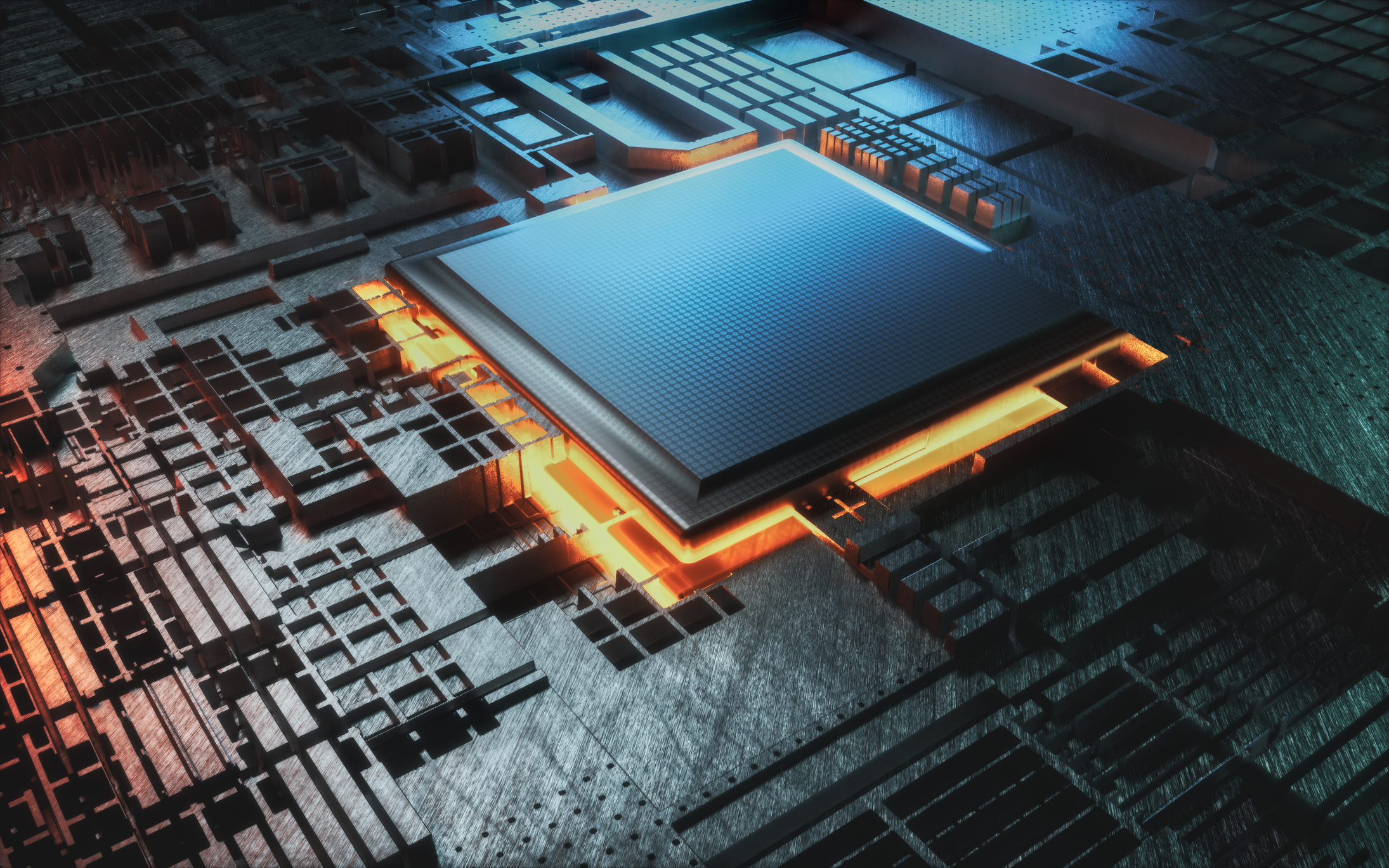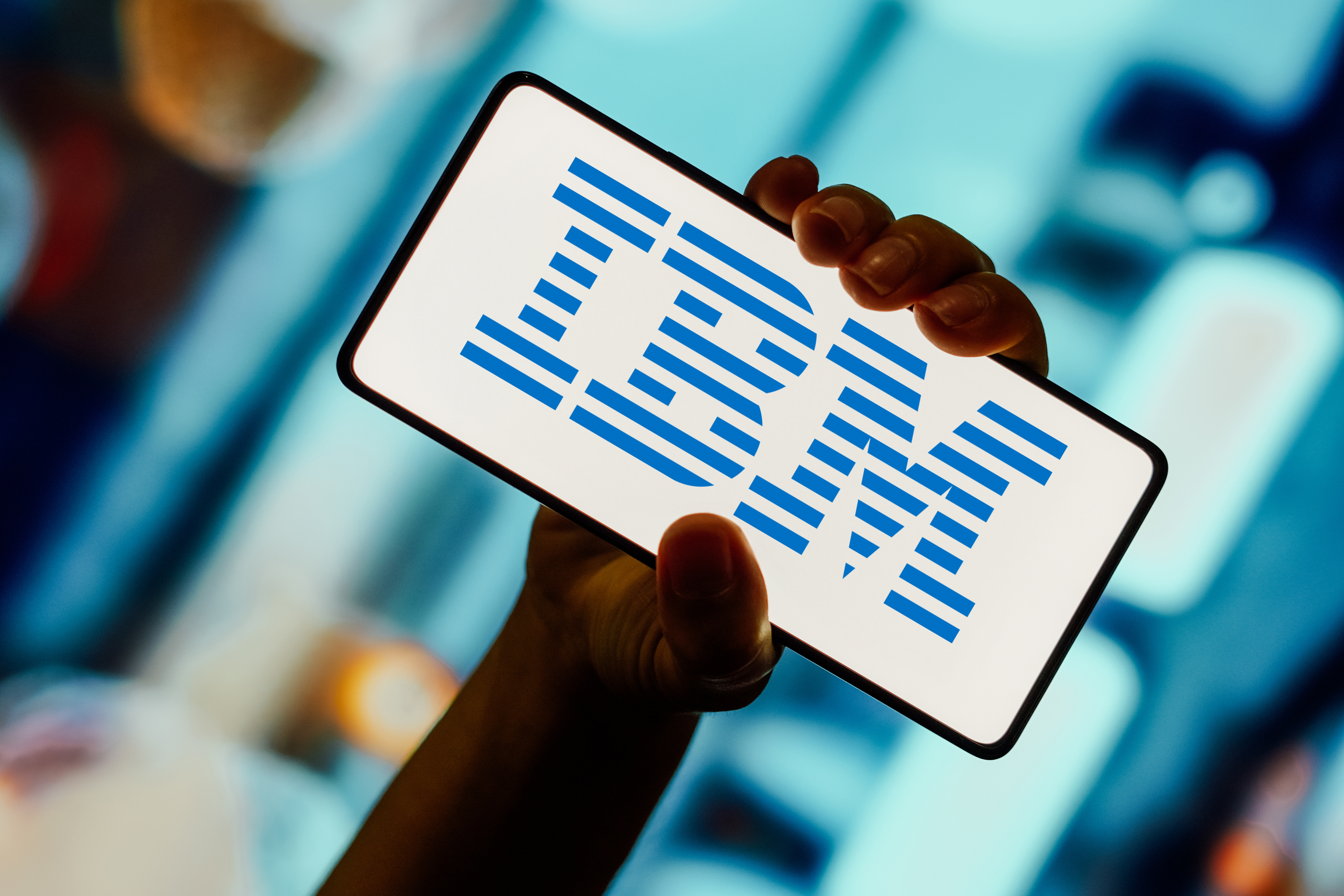Big tech companies insisted 2024 would be the year of the AI PC - analysts disagree
Forrester suggests that this year will be more of a warm-up in AI PC adoption ahead of 2025


The industry may have jumped the gun on AI PC hype in 2024, analysts claim, as new research from Forrester suggests that 2025 will be the year of widespread adoption.
A report from the consultancy drills down into some of the key barriers to widespread adoption of AI PCs, concluding that 2025 is much more likely to see a boom in sales and use cases.
While noting that AI PC adoption is ultimately “inevitable”, the team at Forrester urged those in the industry to “resist the impulse to invest this year”, imploring that prospective IT buyers or investors hold out for 12 months.
The first notable barrier the report identifies is the lack of a “killer app” for the average IT worker, a reality that contrasts the AI PC's obvious advantages to those with high-level computing requirements.
While certain roles such as creatives, data scientists, and developers are expected to more “substantially” benefit from the advent of the AI PC, there are not enough “game-changing applications” for the majority of information workers.
Similarly, the benefits that AI PCs bring don’t necessarily constitute valid reasons for a drastically increased speed in purchasing and adoption. While the AI PC offers much in the way of enhancing user experience, this is not something that tends to drive PC purchasing.
Though some newer PC experiences benefit from an AI chip, the report states, most can still run less efficiently on traditional CPUs and GPUs.
Sign up today and you will receive a free copy of our Future Focus 2025 report - the leading guidance on AI, cybersecurity and other IT challenges as per 700+ senior executives
Certain platforms such as Microsoft’s Windows Studio Effects do “explicitly require” a neural processing unity (NPU), but this lends itself to largely cosmetic improvements.
AI capabilities like background blue, eye contact, framing, and voice focus are unlocked through this sort of NPU use case, but none of these features are “revolutionary enough” to disrupt traditional buying patterns.
“While the user experience improvements of the AI PC are important, what the industry is forgetting is that user experience improvements almost never change IT purchasing behavior,” said Andrew Hewitt, principal analyst at Forrester.
AI PCs don’t yet feature in IT purchasing strategies
IT decision-makers (ITDM) have already laid out the bulk of their spending strategies for 2024, the report noted, and AI PCs aren’t yet top of the agenda.
Forrester cited that, while 72% indicated an increased budget for PCs and OSes from 2022 to 2023, most organizations set budget goals before the AI PC hype went mainstream.
By contrast, the report expects AI platform budgets to triple in 2024, spiraling cloud usage bills for enterprise workloads. By the time 2025 hits, this will provide ample reason for IT leaders to “save cloud costs by pushing AI workloads to the PC”.
There are also plenty of ITDMs who may be resistant to the inevitable upgrade-related complexities of the AI PC. With Windows 10 end-of-life approaching, Forrester expects many IT organizations to “align AI PC adoption with the next version of Windows 11.”
“While little is known about this next release, it’s likely that Microsoft will focus its enhancements on features that utilize an NPU,” the report stated.
While the AI PC boom is well on its way, Forrester’s report points to some sound evidence for a slightly delayed process in an explosion of adoption and popularity.
“While we expect most IT organizations to eventually adopt AI PCs, the mass embrace of AI PCs won't happen until 2025,” Hewitt said.
Enterprise leaders shouldn’t rest on their laurels
Although news that the AI PC overhaul will be delayed by a year might prompt apathy among purchasers, Forrester said those in the industry should “start preparing for 2025.”
In 2024, ITDMs should adopt a “cautious, exploratory approach” to this new technology, focusing on organizational education and preparation. Identifying those within the company that would currently benefit from an AI PC is a good place to start, according to the report.
For example, applications for video/photo editing, music production, and graphics design have plenty of use cases that can utilize an NPU, so staff in these areas would be on the frontline in the organizational adoption of AI PCs.
“Because of the massive impact these features have on productivity, consider creatives a first test group for the AI PC,” the report said.
RELATED WEBINAR

Another key move to make in this preparatory year is to keep an eye on the wider developments in the space, especially concerning new capabilities, applications, or operating system (OS) features.
Forrester urged organizations to be on the lookout for “NPU-powered experiences within the operating system,” as well as “new AI capabilities embedded into key enterprise applications.”
The adoption of the AI PC will require a “vast ecosystem” of applications able to utilize the specific capabilities of an NPU, so enterprises would be wise to inventory their apps to determine which of them could “benefit from an AI PC today.”

George Fitzmaurice is a former Staff Writer at ITPro and ChannelPro, with a particular interest in AI regulation, data legislation, and market development. After graduating from the University of Oxford with a degree in English Language and Literature, he undertook an internship at the New Statesman before starting at ITPro. Outside of the office, George is both an aspiring musician and an avid reader.
-
 Cyber resilience in the UK: learning to take the punches
Cyber resilience in the UK: learning to take the punchesColumn UK law now puts resilience at the centre of cybersecurity strategies – but is legislation simply catching up with enterprise understanding that resilience is more than just an IT issue?
-
 CISPE claims European Commission gave Broadcom a ‘blank cheque to raise prices, lock-in, and squeeze customers’ with VMware deal
CISPE claims European Commission gave Broadcom a ‘blank cheque to raise prices, lock-in, and squeeze customers’ with VMware dealNews Cloud providers have issued a formal response to the General Court of the European Union after the Commission defended its approval of the deal